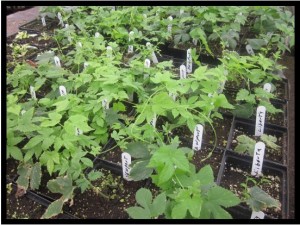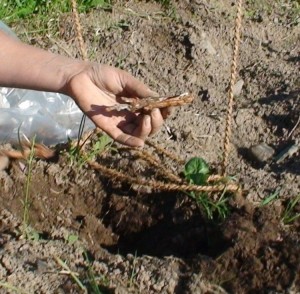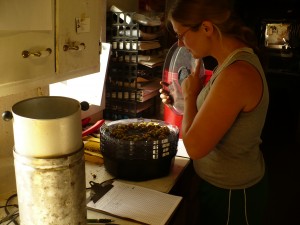 Seats are filling up quickly for the 2013 UVM Extension Winter Hops Conference! Don’t delay, this event usually sells out! February 22nd will be a day jam-packed with hoppy information, you don’t want to miss it. To register, please follow the link: http://www.uvm.edu/extension/hopsconference
Seats are filling up quickly for the 2013 UVM Extension Winter Hops Conference! Don’t delay, this event usually sells out! February 22nd will be a day jam-packed with hoppy information, you don’t want to miss it. To register, please follow the link: http://www.uvm.edu/extension/hopsconference





